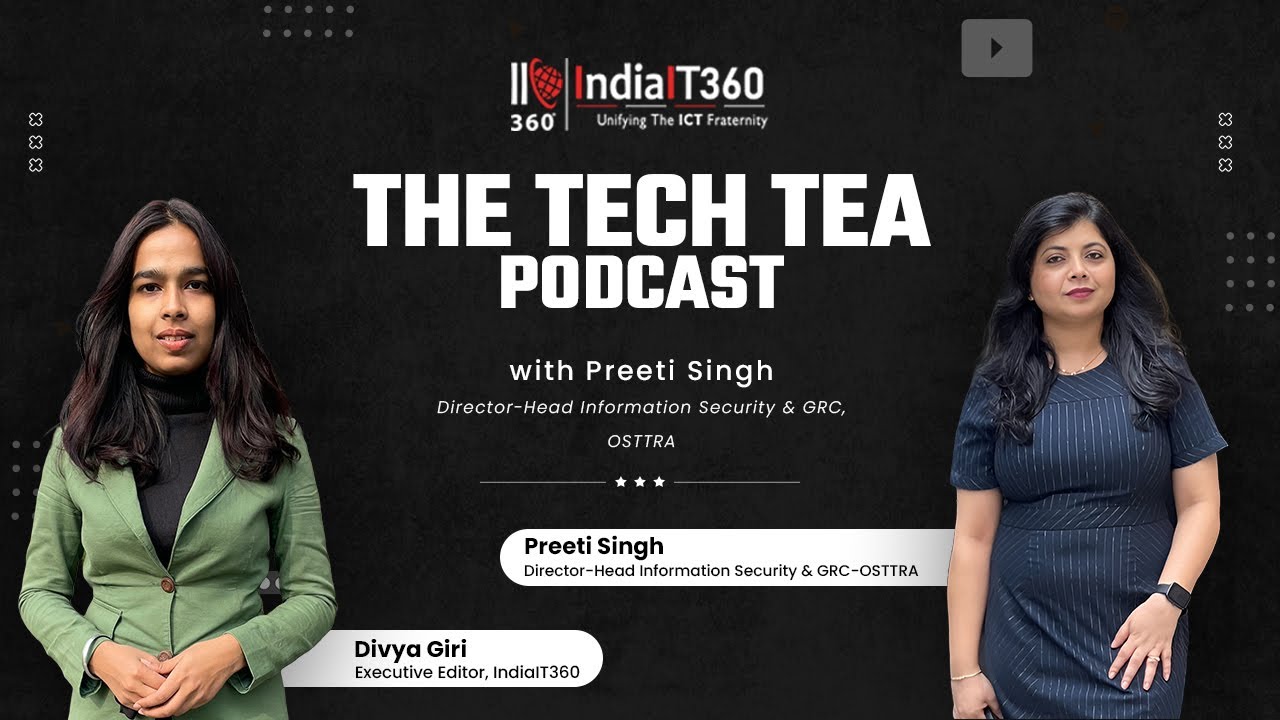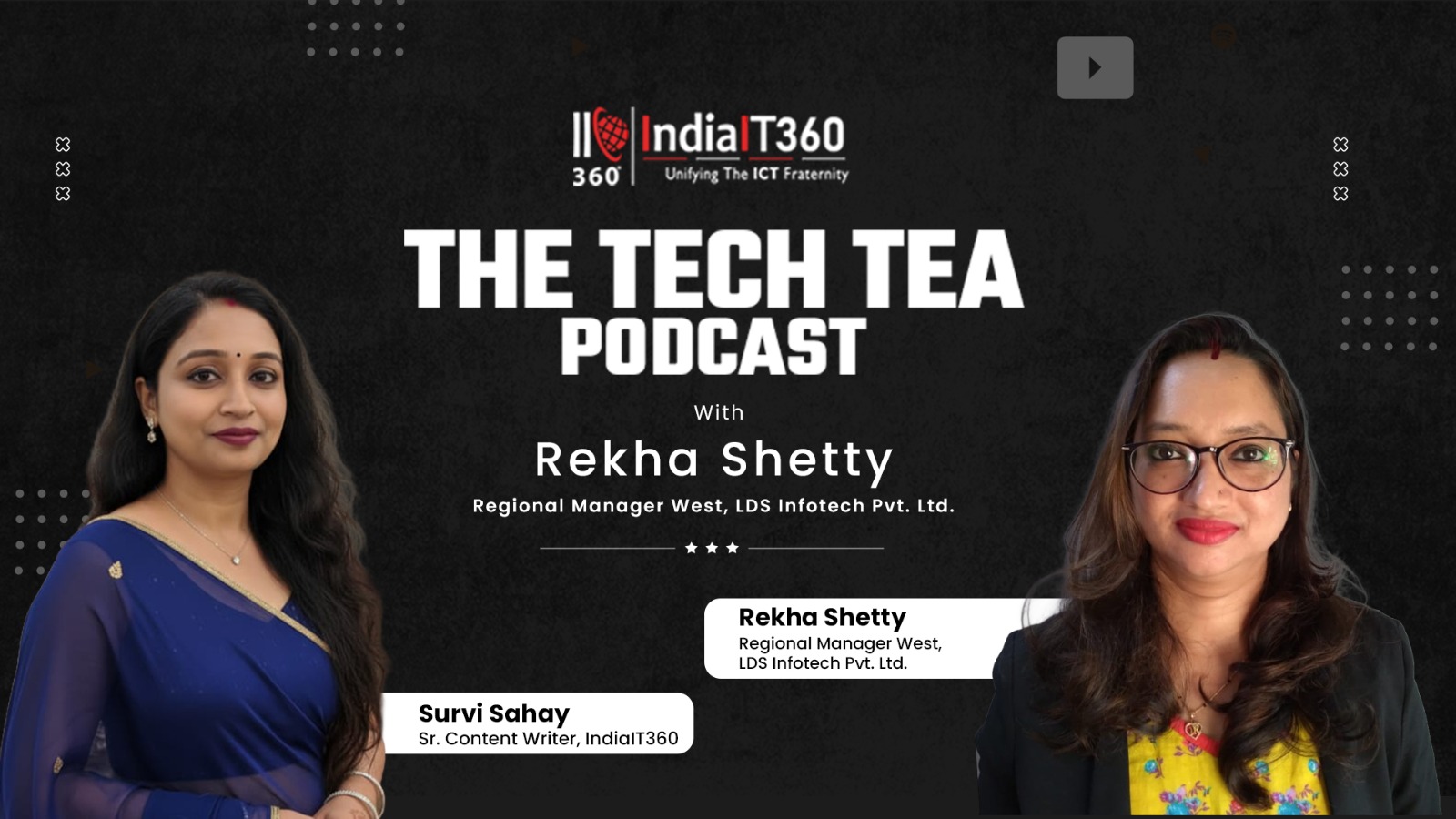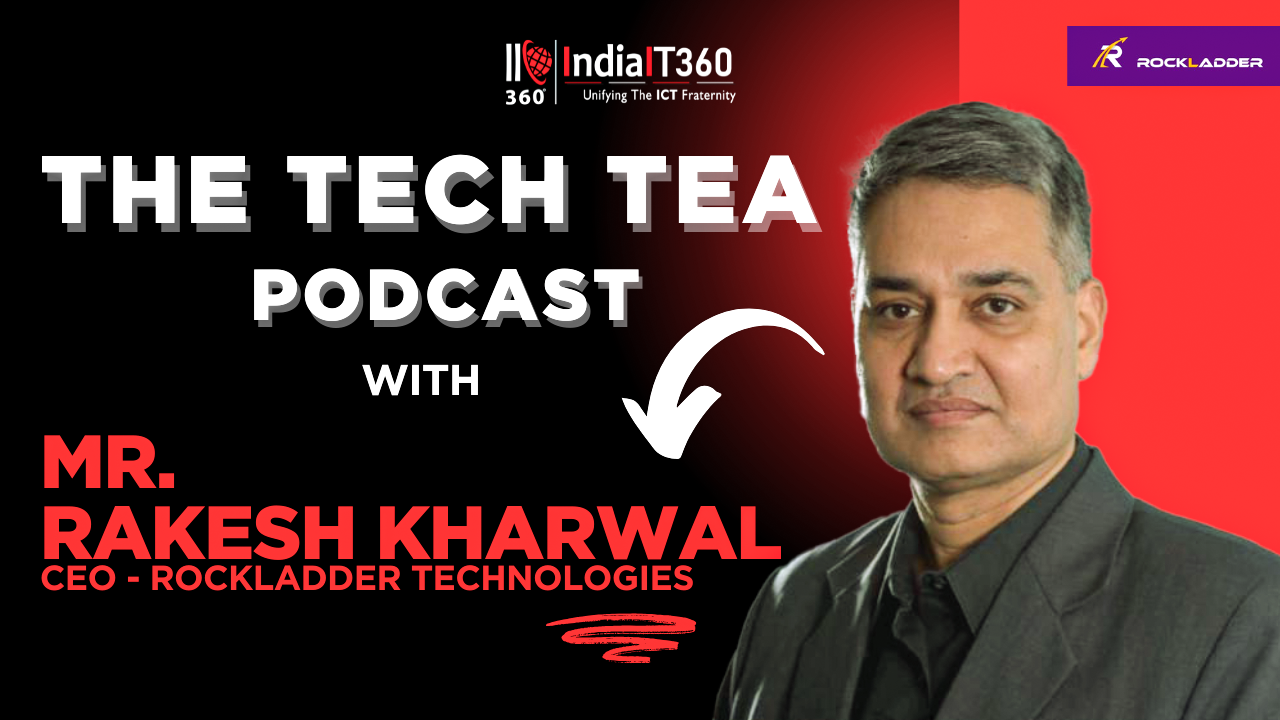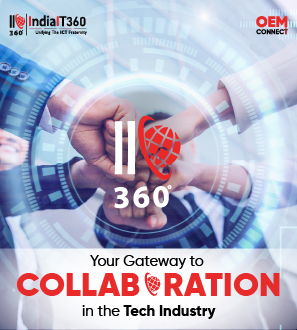Leaders Tech Talk: The Digital Transformation of Customer Experience in Luxury Hospitality
From Chaos to Clarity: Mastering Data Management for Smarter Financial Predictions
We’ve all heard “Data is the new oil.” But in 2025, that metaphor has changed to: Data is money. The way an organization collects, manages, and interprets its data directly impacts profitability, growth, and competitiveness.
These days, businesses are churning out massive amounts of information—from digital transactions and customer behaviors to IoT sensors and real-time financial data. Yet, even with all this data at their fingertips, many organizations find it tough to leverage it effectively for decision-making. Instead of gaining clarity, they often face data chaos—a confusing mix of too much, too scattered, or too inconsistent information that breeds uncertainty instead of confidence.
When forecasts rely on unreliable or incomplete data, the consequences go beyond just missed opportunities; they can lead to expensive mistakes and eroded trust among stakeholders.
The Anatomy of Data Chaos in 2025
1.Forecasting Accuracy at Risk
Businesses depend on predictive models, but when the inputs are inconsistent, outdated, or not properly validated, those forecasts can shift from being valuable assets to significant liabilities.
2.Data Overload from Multiple Sources
Companies are facing an overwhelming influx of data from various sources—ERP, CRM, cloud applications, partner systems, and IoT feeds. Without proper integration, leaders end up with disjointed snapshots rather than a cohesive overview.
3.Drowning in Irrelevant Data
Having more data doesn’t automatically lead to better decisions. The challenge of filtering through the noise to find the insights that truly matter remains a significant hurdle.
4.Conflicting Metrics Across Teams
When terms like “profit,” “churn,” or even “customer value” are interpreted differently by various departments, it leads to inconsistent decision-making that can often be counterproductive.
5.No Single Source of Truth
With disconnected dashboards and isolated reporting tools, confusion reigns. Executives often find themselves spending more time reconciling figures than actually planning for the future.
From Chaos to Clarity: The 2025 Playbook
The shift is no longer about collecting more data—it’s about creating trustworthy, connected, and actionable data that powers smarter predictions. Here’s how:
1.Centralized Data Ecosystems
Create a cohesive platform where all data streams come together, ensuring everything is consistent and eliminating any version conflicts.
2.AI-Powered Forecasting
Move beyond static reports. Use machine learning to produce real-time predictions, reveal hidden trends, and identify risks before they become bigger issues.
3.Data Governance & Quality
First Establish standardized metrics, implement quality checks, and verify sources so that every forecast is supported by trustworthy data.
4.Automated, Real-Time Integration
Replace the manual processes and embrace smart, real-time connections that keep leadership decisions in sync with the latest information.
5.A Culture of Data-Driven Decisions
Empower your teams with the skills and tools they need to question, interpret, and confidently act on insights—ensuring that data-driven decision-making extends beyond just the analytics team.
Why Clarity is the New Superpower
In 2025, having clear data goes beyond just neat dashboards; it’s about establishing a single source of truth that every leader can trust. When all data streams—from finance and operations to customer insights and supply chain; come together in one centralized system, organizations can finally put an end to conflicting versions of reality.
This transformation brings three significant benefits:
Smarter Predictions, Not Just Reports
Rather than relying on past reports, businesses can look ahead with confidence. AI models, fueled by validated data, empower leaders to anticipate what’s next and make informed decisions.
Unified View Across Diverse Sources
As data flows in from various systems, clarity ensures everything is integrated and consistent. Decision-makers no longer have to deal with scattered reports; they can see one unified narrative.
A Single Source of Truth for Everyone
From the CFO to frontline managers, every decision-maker has access to the same verified data. No duplicates. No mismatched KPIs. Just one solid foundation for strategic planning.
In a fast-moving market, clarity transforms data from a confusing cost center into a centralized growth engine—a true superpower for prediction, agility, and trust.
Conclusion: From Reactive to Proactive
In today’s digital economy, it’s not about how much data you have; it’s about how effectively you can leverage it and the quality of data that is useful. By improving forecasting accuracy, bringing together disparate data sources, and establishing a single source of truth, organizations can elevate their decision-making from mere reactive guesswork to a well-thought-out proactive strategy. In a landscape where data is money, having clarity isn’t just beneficial—it’s a true superpower.







































